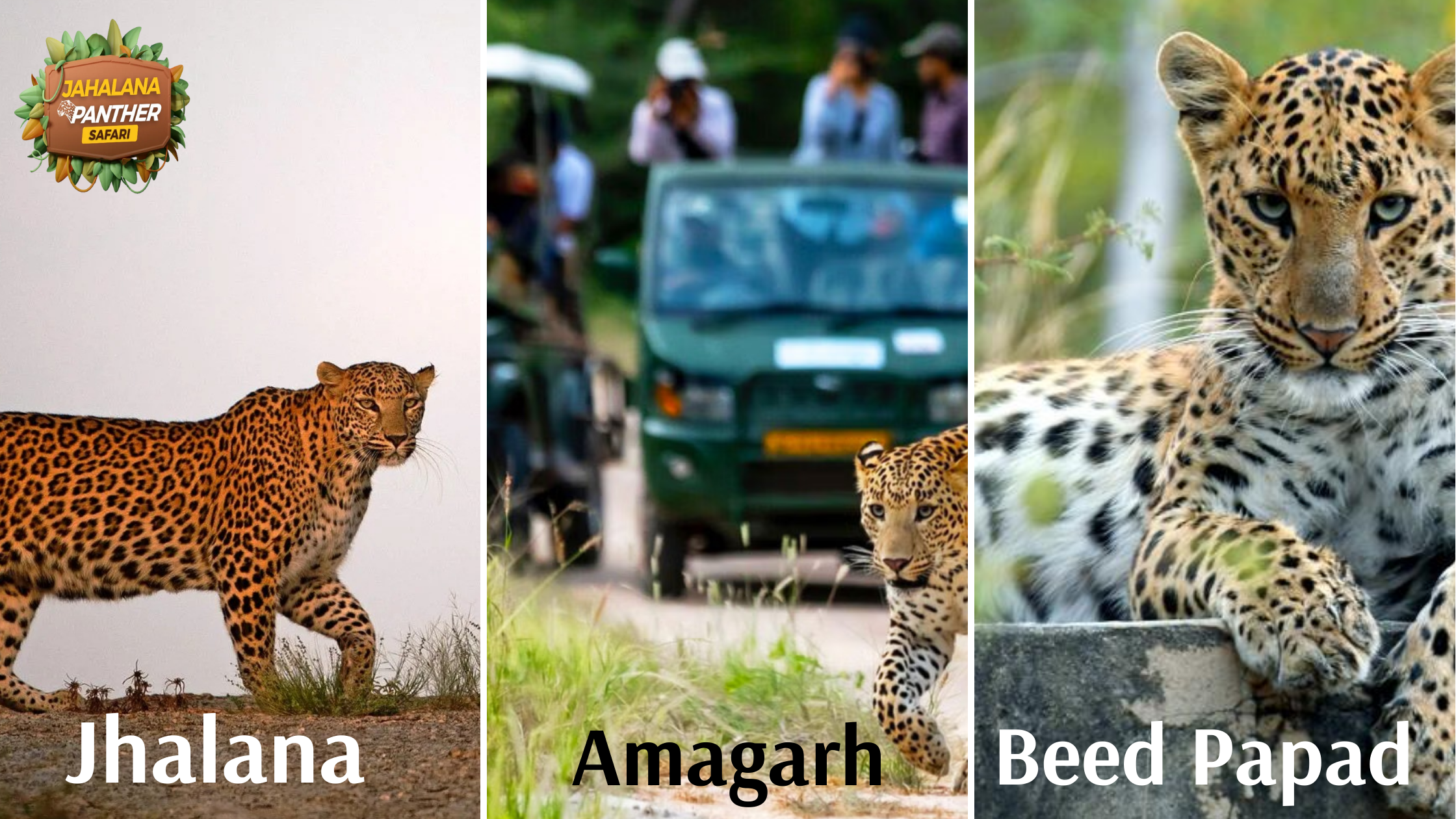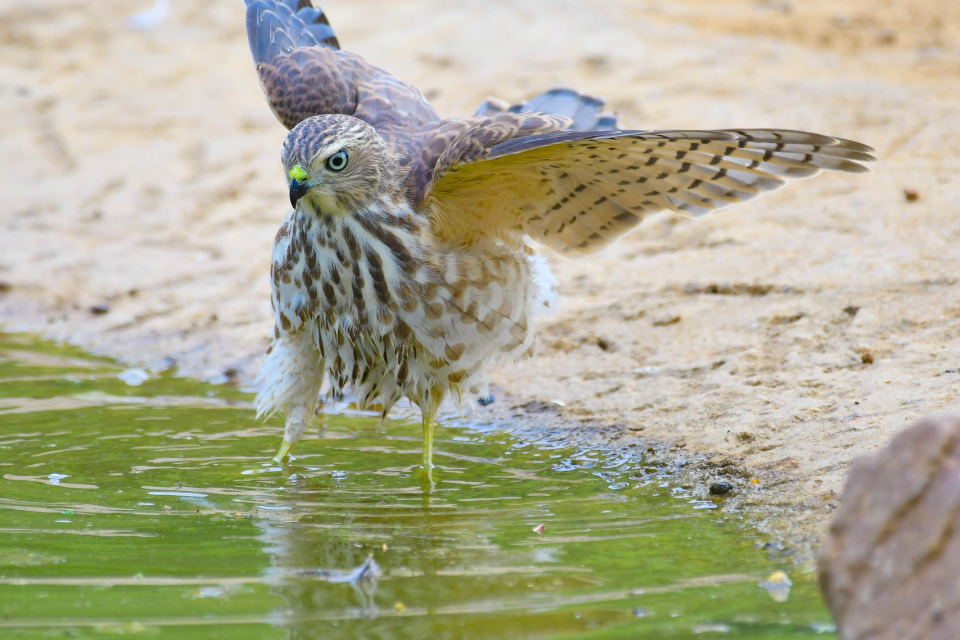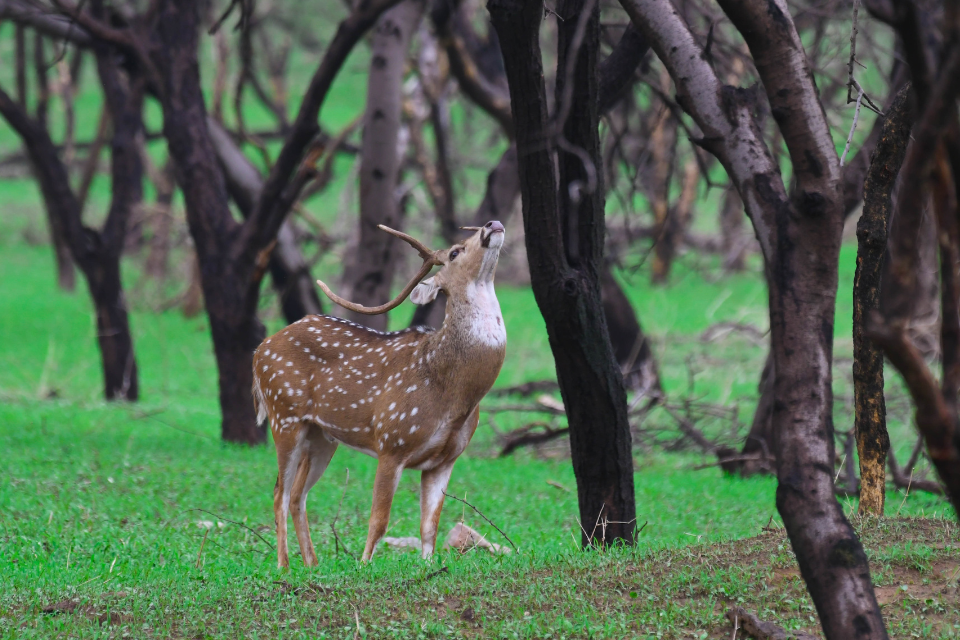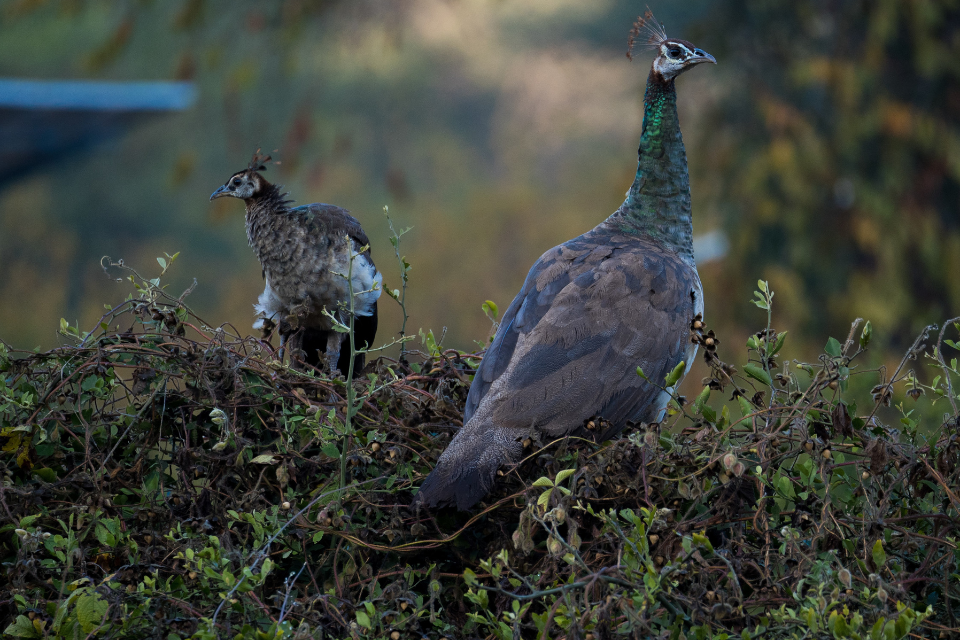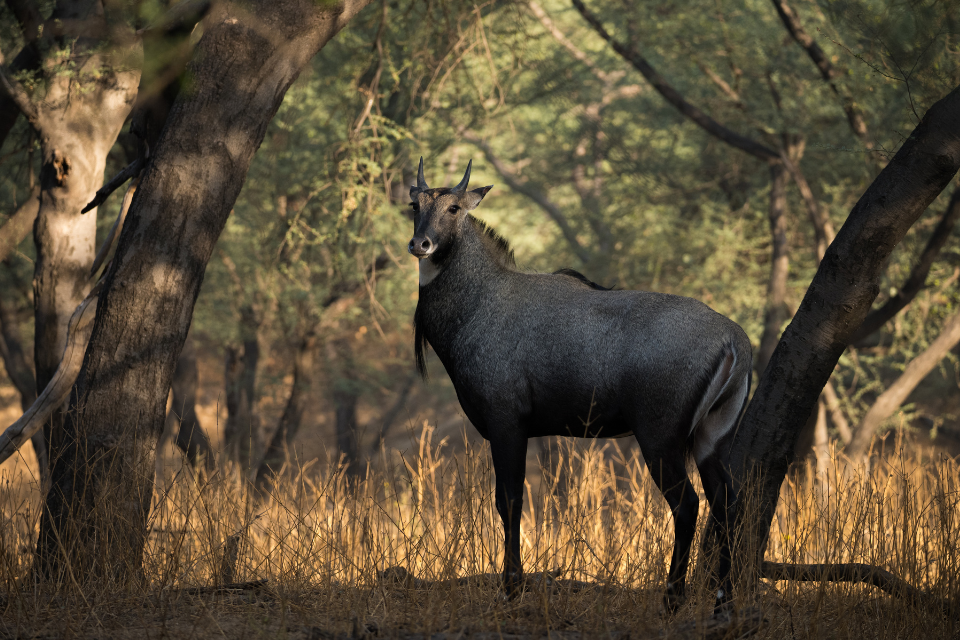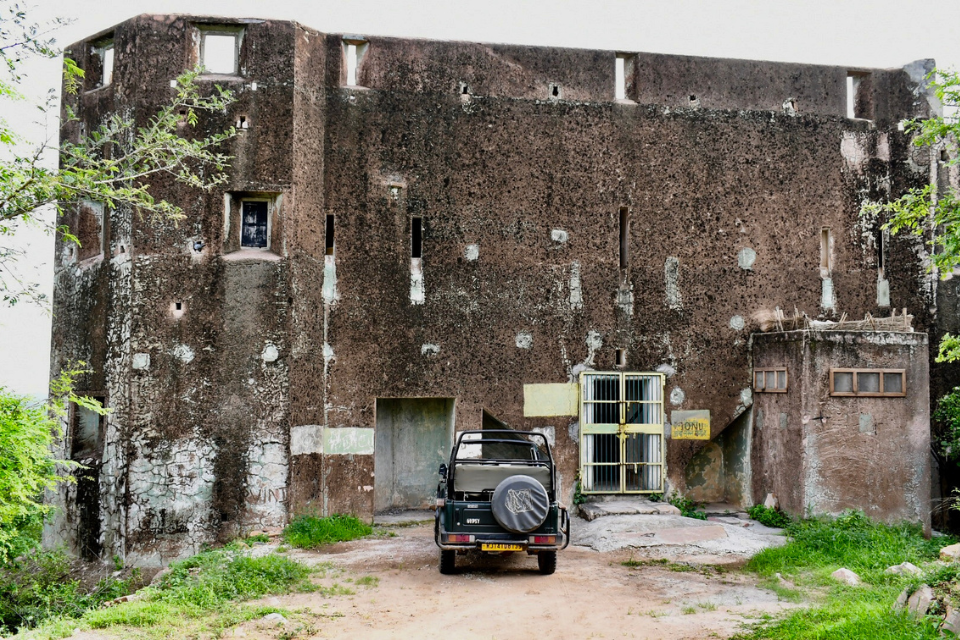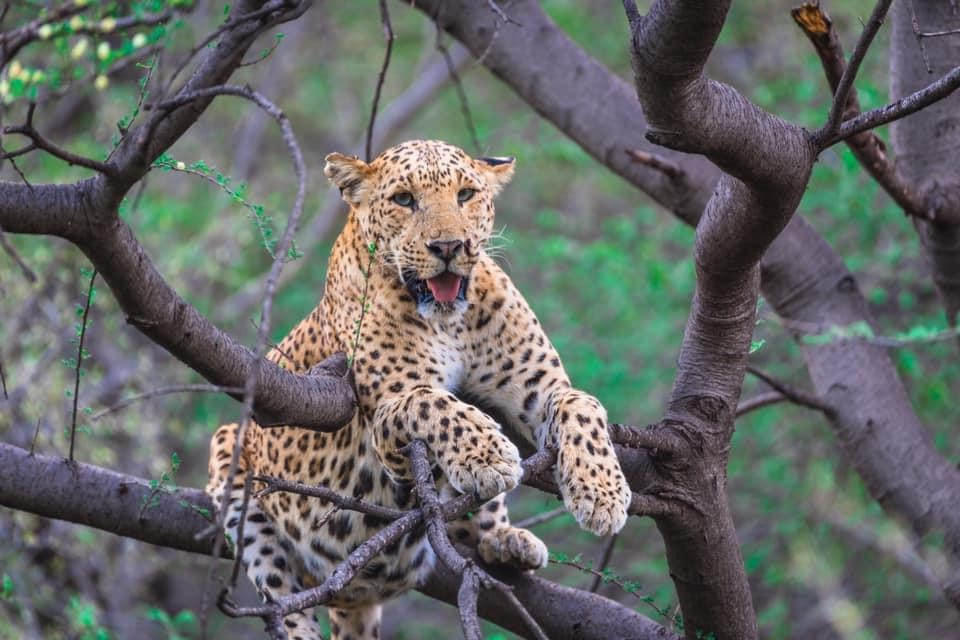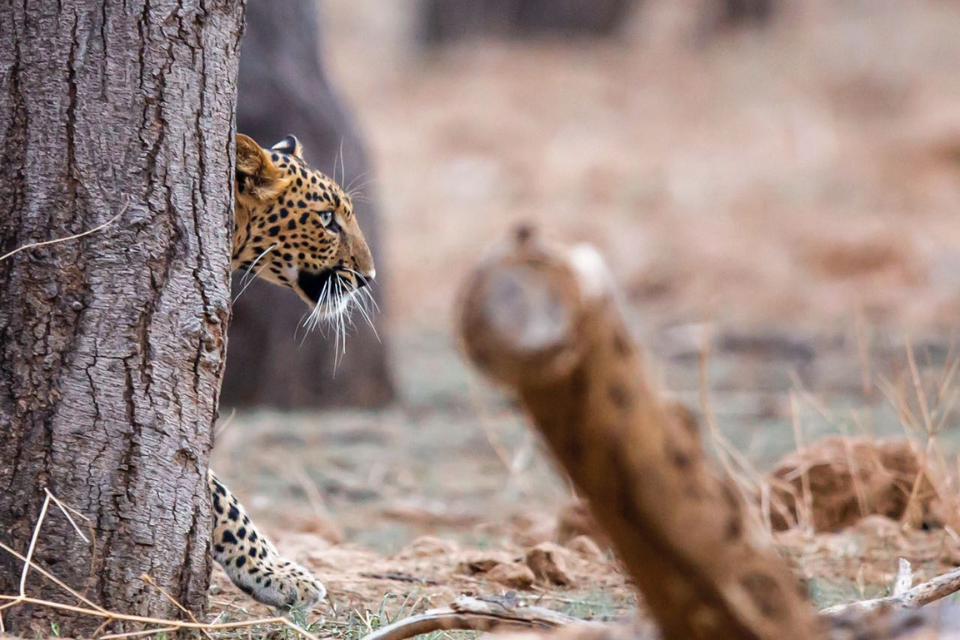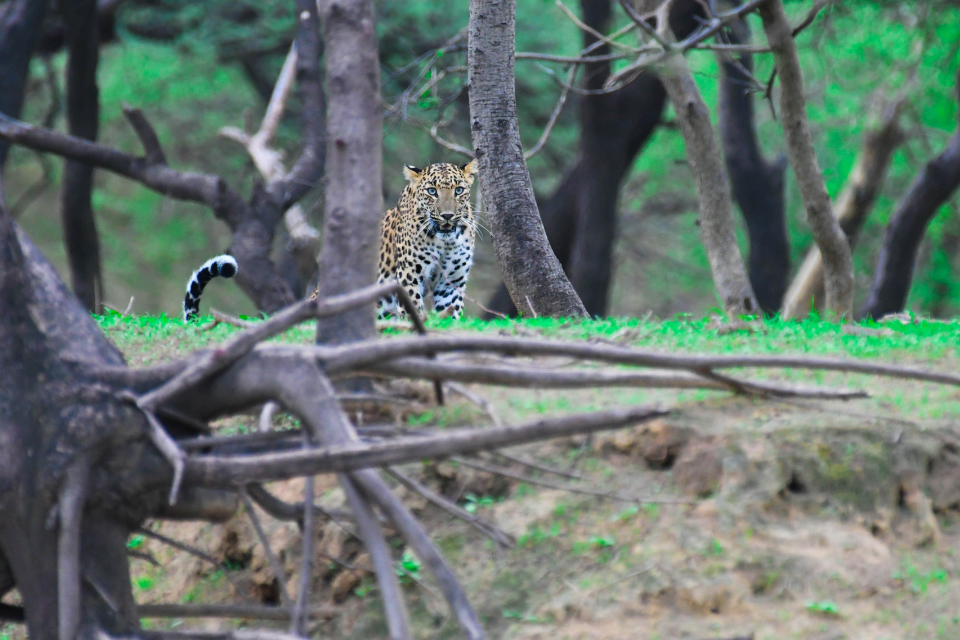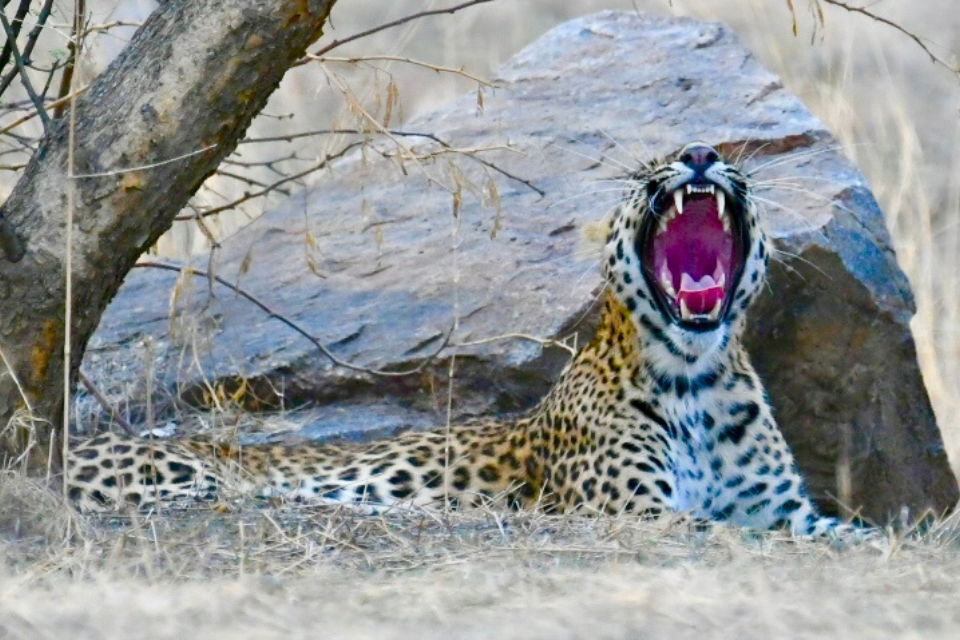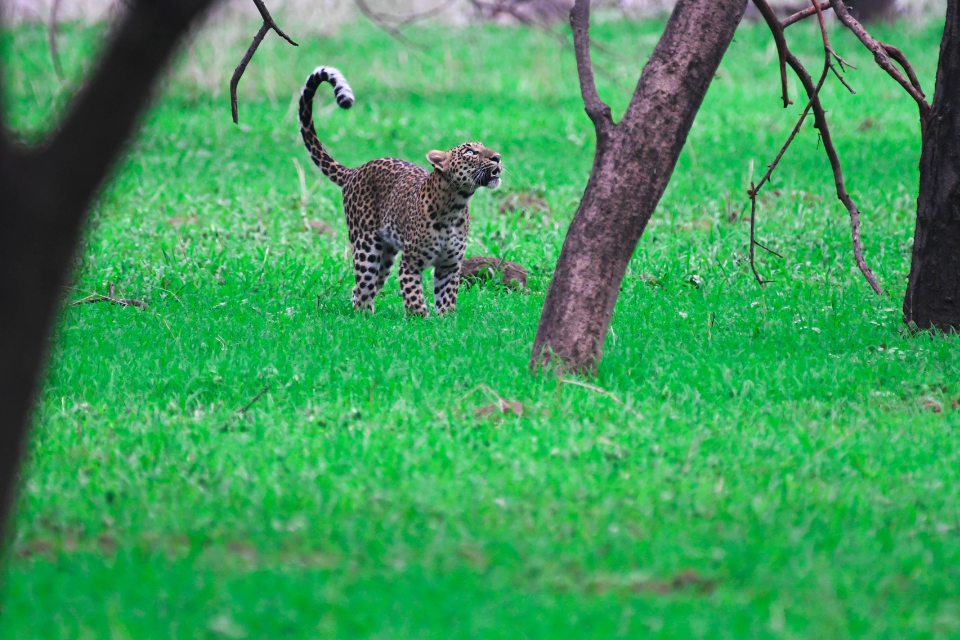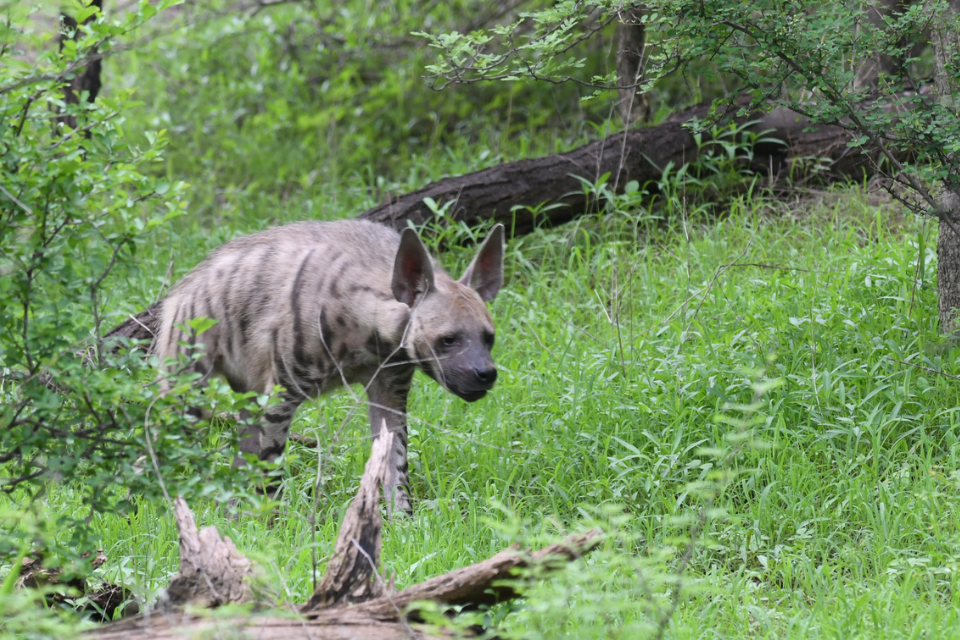- September 2, 2025
Routes Compared: Jhalana vs Amagarh vs Beed Papad (Jaipur Leopard Safaris)
Routes Compared: Jhalana vs Amagarh vs Beed Papad
Picking a leopard safari near Jaipur? You’re spoiled for choice. Within a short drive of the Pink City, you can choose from the pioneering Jhalana, the atmospheric Amagarh near Galtaji, or Jaipur’s newest wild frontier—Beed Papad (Maila Bagh), a fresh route inside the broader Nahargarh landscape. Each track feels different: from Jhalana’s mature, urban-edge sightings to Amagarh’s fort-crowned ridgelines and Beed Papad’s waterhole-rich grasslands. This guide compares them—route character, terrain, typical sightings, crowd feel, booking paths, and best times—so you can match the route to your style.
Snapshot:
• Jhalana – India’s first dedicated leopard reserve; compact, tried-and-tested routes, high sighting reputation.
• Amagarh – Scenic Aravalli ridges by Galtaji; opened to tourism in 2022; fewer vehicles per shift, intimate feel.
• Beed Papad (Maila Bagh) – Opened June 5, 2025; two main routes in Nahargarh forest, upgraded waterholes; ~19 leopards reported.
The Routes at a Glance
Factor | Jhalana | Amagarh | Beed Papad (Maila Bagh) |
Where | SE Jaipur, urban-edge reserve | Near Galtaji/Agra Road | Vidyadhar Nagar side, in Nahargarh landscape |
What’s special | India’s first leopard reserve; compact, efficient routes | Rugged ridgelines, fort views, quieter feel | Newest safari (June 5, 2025); restored grasslands & waterholes |
Area / tracks | ~20–23 km² reserve; two tourism zones commonly referenced | Reserve combined within the Jhalana–Amagarh landscape (~35.07 km² combined) | ~15 km² of newly developed motorable tracks; two main tourist routes |
Leopard context | Strong reputation for sightings around city; widely quoted 30–40 individuals | Reported >16 leopards; opened to visitors in 2022 | ~19 leopards reported in the reserve area |
Crowd feel | Popular and efficient; slots fill quickly | Lower vehicle density; intimate rides | New and trending; limited vehicles per shift |
Good for | First-timers, families, limited time | Landscape lovers, heritage + wildlife combo | Photographers chasing waterhole behavior; novelty seekers |
Sources: official/press and operator summaries on Jhalana area and history; Amagarh opening; Beed Papad launch and route details.
Route Personalities: What It Feels Like on Each Track
Jhalana: Urban-edge mastery, mature safari logic
Jhalana is Jaipur’s original leopard playground. Declared a leopard reserve in 2017, it’s intentionally managed for urban–wild balance and has earned a reputation for efficient sightings on short, well-planned loops. The terrain mixes scrub, dhok-dominated dry deciduous patches, rocky outcrops, and a handful of vantage points that gypsy drivers know by muscle memory. Many operators reference two primary tourism zones, which often translates to solid coverage in a standard 2.5–3-hour shift.
Why travelers like it:
- Consistency: Decent odds of sightings thanks to leopard density and compactness. Reports and tourism comms frequently cite ~30–40 leopards.
- Access: Minutes from city hotels and the airport; easy to plug into a half-day plan.
Amagarh: Ridge walks for your eyes, fort silhouettes for your photos
Amagarh sits near the historic Galtaji complex, and the track often feels more “Aravalli classic”—rocky ridges, dry scrub, and long views. The reserve opened to visitors in May 2022, and operators and official notes emphasize limited jeeps per shift, which keeps the feel quieter than Jhalana during busy weekends. Sightings can be wonderfully cinematic when a leopard crests a ridge against fort walls, but they may require patience because the landscape is more open and animals can bed down in boulder pockets.
Beed Papad (Maila Bagh): New tracks, waterhole strategy
Jaipur’s newest leopard safari launched on June 5, 2025 (World Environment Day). The forest department prepared ~15 km² of motorable tracks, improved waterholes, and restored grasslands to support wildlife. The two main routes knit together Maila Bagh–Beed Papad stretches, with access from the Vidhyadhar Nagar side. Early coverage notes ~19 leopards in the sanctuary area and ten registered vehicles for guided tours, which should keep pressure manageable while the habitat settles.
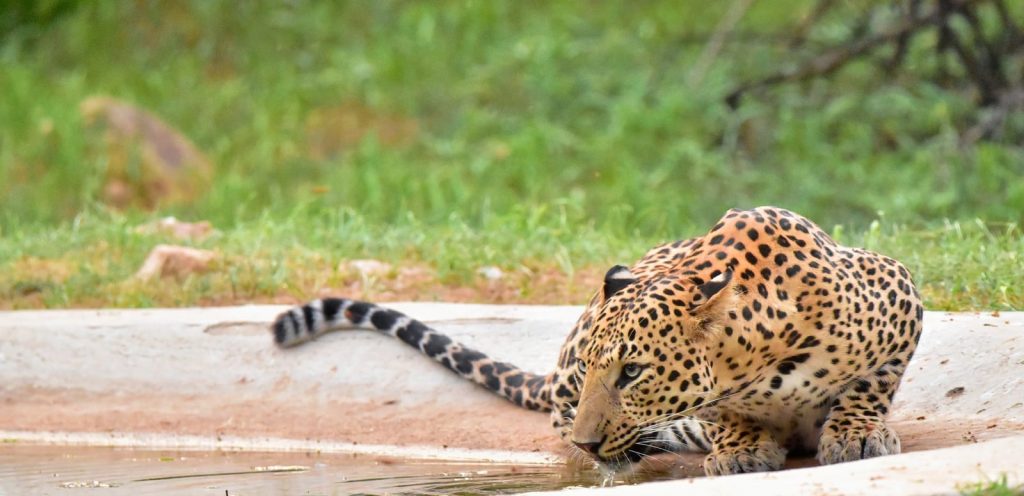
Sightings & Seasons
All three routes share the Aravalli’s dry deciduous DNA—think dhok, acacia, scrub, and rocky shelves—home to leopard, striped hyena, golden jackal, nilgai, chital, langur, and rich birdlife. Jhalana’s small-footprint, urban-edge setup makes it famous for big-cat encounters; media and tourism updates regularly spotlight its leopard visibility.
- Summer (April–June): Heat concentrates movement around waterholes. Beed Papad’s refreshed water network is promising for “wait-and-watch” leopard behavior in late afternoons.
- Monsoon & Post-monsoon (July–Oct): Lush cover improves the landscape but can make cats harder to spot. Early morning shifts shine—cats move before the day warms.
- Winter (Nov–Feb): Pleasant weather and crisp light. Cats often bask on rocks in the sun; you’ll appreciate Amagarh’s long-sight ridges then.
- Recent note: Jhalana’s leopard activity remains in the news; the forest team recently rescued a young leopard that strayed, a reminder that these are living, dynamic corridors on Jaipur’s edge.
Booking & Permits: How to Secure Your Seat
Official path: The Government’s OBMS portal lists wildlife attractions and routing to safari bookings. Look for Jhalana/Amagarh entries; Beed Papad/Maila Bagh is being added/managed via the same official ecosystem or authorized channels. If you book through operators, confirm that your permit is raised through the official system.
- Jhalana – Bookable via official portals; long-standing process, multiple shifts (morning/evening). Many references mention two operational zones and compact, 2.5–3 hr safaris.
- Amagarh – Fewer jeeps per shift (commonly cited “10 jeeps of 6 seats” in operator guidance), which supports a calmer route.
- Beed Papad (Maila Bagh) – Opened June 5, 2025; early coverage points to two main tourist routes and limited vehicles, with booking aligned to the state’s systems.
Practical tips:
- Weekends/holidays fill first. Lock morning shifts early.
- Carry ID matching your permit.
- Arrive 30–45 minutes before shift for verifications and seat settling.
- Vehicle choice is allotted by the system; specific drivers/guides generally can’t be pre-chosen. (This is standard language in official/partner booking notes.)
Which Route Should You Choose?
Choose based on your goal, time, and crowd tolerance:
- “I’m a first-timer. I want good odds and a short commute.” → Jhalana
Jhalana’s compactness, proximity, and seasoned team culture deliver a smooth first safari. If you’re squeezing a safari between meetings or a wedding itinerary, this is the reliable pick. - “I love dramatic landscapes and quieter tracks.” → Amagarh
If your heart beats for forts on ridgelines and big skies, Amagarh’s moodier terrain is a treat. You may trade a quick cat pop-up for a more cinematic frame when it happens. - “I’m a photographer chasing waterhole behavior and fresh routes.” → Beed Papad (Maila Bagh)
New tracks, upgraded waterholes, restored grasslands—this screams “wait and watch” photography. With fewer vehicles and a novel layout, you’ll get unique frames—especially on warm afternoons.
Two-safari combo idea: Do Jhalana for “confidence” sightings and Amagarh or Beed Papad for the mood and unique compositions. If time allows, pair a crisp winter morning at Amagarh with a summer-evening Beed Papad session to cover both ridge light and waterhole action.
Photography Tips by Route
- Jhalana
- Keep a 70–200mm ready for cats on tracks; a 300–400mm helps for rock perches.
- Expect fast transitions—drivers know hotspots; be ready to shoot from a stop to a slow roll.
- Amagarh
- Wide-to-tele flexibility is gold. 24–105mm for landscapes + habitat, 400mm for ridge tops.
- Watch for backlit silhouettes near fort lines at dawn/dusk.
- Beed Papad (Maila Bagh)
- Stake out waterholes. A 400mm+ lets you keep distance and preserve behavior.
- Mid-summer evenings: shimmering heat and dust can soften contrast—bump shutter and watch your histograms.
Across all routes: bean bag over rails, continuous AF, silent mode where possible, and no flash. Respect viewing distances.
Responsible Travel Notes
These are living corridors on a city’s edge. Your behavior helps keep them that way.
- Keep voices low; let guides manage positioning.
- Do not request off-track driving. Tracks exist to protect vegetation and dens.
- Pack out everything. Even fruit peels alter animal behavior.
- Support local operators who book through official systems and follow ethical sighting protocols.
FAQs
Q1: How long is each safari shift?
Typical gypsy safaris run ~2.5–3 hours for Jhalana and comparable durations for Amagarh and Beed Papad, with morning and evening shifts. Exact timings vary seasonally—always check your permit.
Q2: Which route has the best leopard sightings?
All three can deliver. Jhalana has the longest-running, compact setup with widely reported strong visibility. Beed Papad is new with strategic waterholes that should help dry-season sightings. Amagarh offers scenic, patient tracking on ridges.
Q3: Can I book all three through one system?
Yes—OBMS is the state’s official portal listing wildlife attractions; operators often route bookings through it or allied systems. Confirm that your permit is issued via the official portal.
Q4: How many vehicles are allowed in Amagarh per shift?
Operator notes commonly quote ~10 jeeps (6-seaters) per shift—this can change, so check your date.
Q5: What’s new about Beed Papad (Maila Bagh)?
It opened June 5, 2025, with new tracks (~15 km²), waterhole upgrades, and two main tourist routes, accessed from the Vidhyadhar Nagar side.
Q6: Are kids and seniors okay on these routes?
Yes, if they’re comfortable with open-gypsy rides and uneven trails. Morning winter shifts are gentler; summers demand hats, hydration, and sun protection.
Q7: What wildlife besides leopards might I see?
Striped hyena, jackal, nilgai, chital, langurs, and rich birdlife are all possible across the three routes. Jhalana’s biodiversity is well-documented in media coverage and studies.
Q8: Is Jhalana really within city limits?
Yes—that’s its charm. It’s an urban-edge reserve with fast access from hotels and the airport, which is why it’s easy to schedule.
Final Take
If you’re weighing Jhalana vs Amagarh vs Beed Papad, start with your goal:
- Go Jhalana when you want reliability and convenience—it’s Jaipur’s seasoned sighting machine.
- Pick Amagarh for big-sky Aravalli drama and quieter rides with heritage backdrops.
Try Beed Papad if you love waterhole behavior, fresh routes, and being among the first to map a new leopard circuit.
Disclaimer All images used in this blog are either sourced from public domain or credited to their respective owners. If you are the copyright holder of any image and wish to request its removal or proper attribution, please contact us at [email protected]
